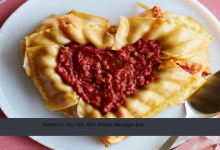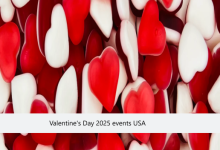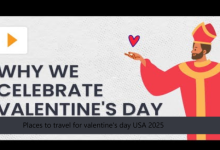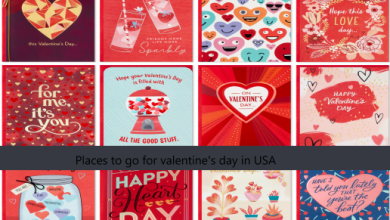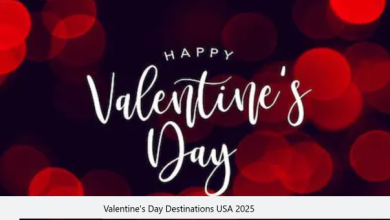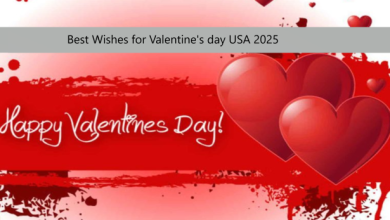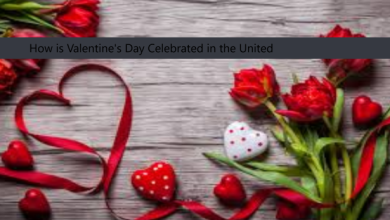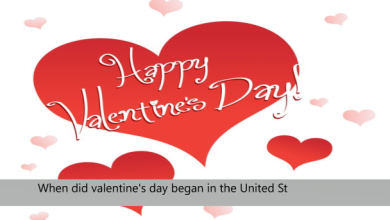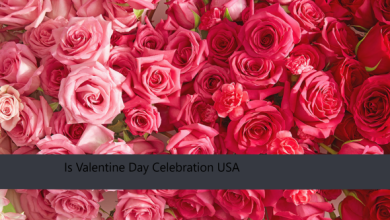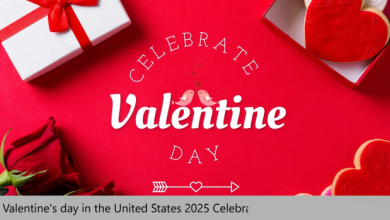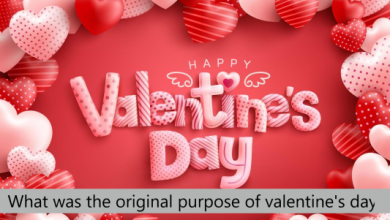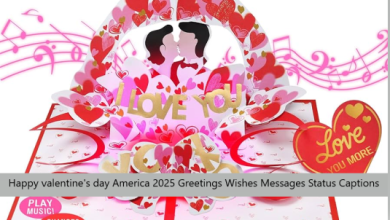History of valentine’s day in America
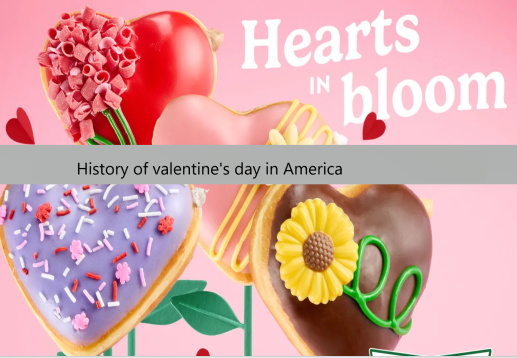
Valentine’s Day is a celebration of love, romance, and affection, marked by millions of Americans every year. But how did this tradition make its way to the United States? Where did the chocolates, flowers, and heartfelt poems originate? The story of Valentine’s Day is steeped in history, cultural evolution, and even savvy marketing. This blog explores how Valentine’s Day became such an integral part of American culture and examines the traditions that have shaped its identity today.
The Origins of Valentine’s Day
Before Valentine’s Day reached American shores, its roots trace back thousands of years. The holiday has its origins in ancient Rome and Christianity, evolving through centuries before arriving in 19th-century America.
Ancient Rome and the Festival of Lupercalia
Valentine’s Day can be linked to the Roman festival of Lupercalia, held on February 15 each year. This pagan celebration was dedicated to fertility and purification rituals. Lupercalia included animal sacrifices, matchmaking, and celebrations that were quite different from the romantic ideals associated with Valentine’s Day today.
However, as Christianity spread across Europe, the Church sought to replace pagan festivals with Christian holidays. Lupercalia eventually gave way to Saint Valentine’s Day, honoring one or more martyred saints named Valentine.
The Christian Martyrs Named Valentine
The story behind Saint Valentine is actually a blend of several legends. The most popular tale involves a priest named Valentine who defied Emperor Claudius II’s ban on soldiers marrying. He secretly performed marriage ceremonies until he was captured and executed around 270 CE. Recognizing his sacrifice for love, Valentine became a popular saint, and February 14 was declared his feast day.
By the Middle Ages, Saint Valentine was associated with courtly love in Europe, thanks in part to works by poets like Geoffrey Chaucer.
Valentine’s Day Comes to America
While celebrations of Valentine’s Day were already common in Europe by the 17th and 18th centuries, the holiday made its way to America much later.
Early Celebrations in the New World
When settlers migrated to America in the 1600s and 1700s, they brought European traditions with them, including Valentine’s Day. However, the holiday didn’t gain widespread popularity in early America, likely due to Puritan values that discouraged frivolous celebrations.
Valentine’s Day started gaining traction in the early 19th century, particularly thanks to immigrants from England and Germany who carried their traditions overseas.
The Birth of Valentine’s Cards in America
The turning point for Valentine’s Day in America came in the mid-19th century with the rise of Valentine’s Day cards. Esther Howland, often referred to as the “Mother of the American Valentine,” was a pivotal figure in this transformation.
Inspired by European Valentine cards, Howland began designing and selling elaborate, handmade Valentine’s Day cards in 1847 from her home in Worcester, Massachusetts. She used lace, ribbons, and vibrant illustrations to create intricate designs, making her cards wildly popular. Her work helped commercialize the holiday in America, turning Valentine’s Day into an occasion for gift-giving and expressions of love.
The Evolution of Valentine’s Day Traditions
Over the years, Valentine’s Day in America grew from a modest celebration to a full-blown cultural phenomenon. Here’s how some of its iconic traditions took shape:
Chocolates and Sweet Treats
Nothing says Valentine’s Day like a box of chocolates. The association between Valentine’s Day and sweets can be credited to Richard Cadbury. He introduced decorative heart-shaped chocolate boxes in the late 19th century, forever linking the day of love with confections. By the early 1900s, companies like Hershey and Mars brought chocolates into American homes, solidifying their place in Valentine’s celebrations.
Flowers as a Love Language
The giving of flowers, especially red roses, is another deeply ingrained Valentine’s Day tradition. Red roses symbolize passion and love, attributes inspired by Greek and Roman mythology associating roses with the goddess Aphrodite (or Venus in Roman lore).
The commercialization of the floral industry in America during the late 19th and early 20th centuries made fresh flowers more accessible. By the mid-20th century, ordering bouquets became a go-to expression of affection.
Cupid and Marketing Genius
Much of Valentine’s Day’s imagery, including Cupid, arose from mythology. Cupid, the Roman god of love, became a central figure in Valentine’s Day marketing during the 19th century. His familiar depiction as a cherubic figure armed with a bow and arrow appealed to the romantic ideals of the holiday.
By the early 20th century, retailers turned Valentine’s Day into a commercial success, producing cards, chocolates, flowers, jewelry, and other romantic gifts en masse.
Valentine’s Day in Modern America
Today, Valentine’s Day is one of the most celebrated holidays in the United States. An estimated 145 million Valentine’s Day cards are exchanged annually, making it the second-largest card-sending occasion after Christmas.
Americans spend billions of dollars each year on Valentine’s gifts. Couples celebrate with romantic dinners, gifts, and vacations, while single people increasingly participate with “Galentine’s Day” gatherings or self-love rituals.
Expanding Beyond Romantic Love
Modern Valentine’s Day isn’t limited to romantic couples. Friends, family members, and coworkers now exchange cards, gifts, and kind words. Children participate by giving out Valentine cards at school, ensuring the holiday remains wholesome and inclusive for all ages.
The Staying Power of Valentine’s Day
What makes Valentine’s Day so enduring in American culture? It’s a combination of tradition, creativity, and the universal appeal of love. The holiday has evolved to suit changing times, from handmade cards in the 19th century to curated e-cards of the 21st century.
Valentine’s Day remains relevant because it adapts, whether it’s a romantic candlelit dinner, a handwritten card, or simply a chance to tell someone you love them.
Love, Business, and Tradition
Valentine’s Day in America is a fascinating blend of ancient customs, cultural evolution, and clever marketing. It teaches us how traditions can grow, change, and endure over time. Today, it’s far more than just a “Hallmark holiday”—it’s an opportunity to show appreciation for the people who matter most in our lives.
Whether you’re gifting roses or savoring chocolates, you’re participating in a tradition that has traveled centuries and continents to be celebrated in its uniquely American style.



